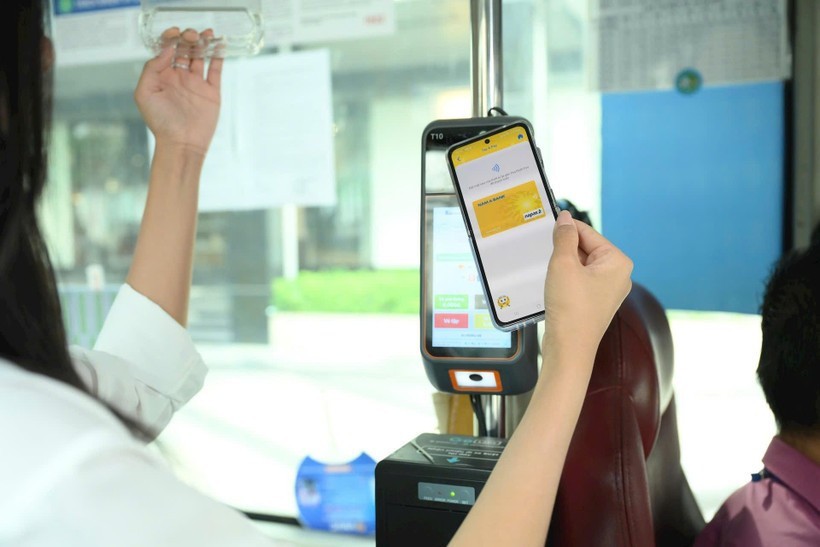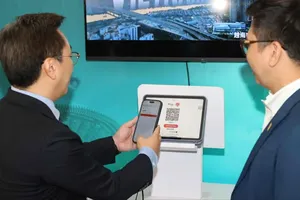According to the National Financial Inclusion Strategy by 2025, with a vision to 2030, the Government aims for a 20–25 percent annual growth rate in cashless payment transactions, reflecting the strong determination to accelerate Vietnam’s transition to a digital economy, in which digital payments serve as a key infrastructure connecting citizens, businesses, and the Government on a modern technological platform.

According to the National Financial Inclusion Strategy by 2025, with a vision to 2030, the Government aims for a 20–25 percent annual growth rate in cashless payment transactions, reflecting the strong determination to accelerate Vietnam’s transition to a digital economy, in which digital payments serve as a key infrastructure connecting citizens, businesses, and the Government on a modern technological platform.
Digital payments – Foundation of the digital economy
In recent years, Vietnam’s payment infrastructure has developed at an impressive pace. From bank cards, e-wallets, and QR codes to digital banking and mobile banking, these payment methods have become the “lifeblood” of modern life.
Tran Van Thanh from the Joint Stock Commercial Bank for Foreign Trade of Vietnam (Vietcombank) stated that digital technology has become an essential foundation and an inevitable driving force for economic growth, with digital payments taking the lead in forming a modern financial ecosystem.
In 2024, the total value of non-cash payment transactions reached VND295.2 quadrillion - 26 times the national GDP - while the number of transactions totalled 17.7 billion, up 56 percent from 2023. Notably, QR code payments in the first quarter of 2025 increased by more than 81 percent, reflecting a remarkable shift in consumer behaviour.
Deputy Governor of the State Bank of Vietnam (SBV) Pham Tien Dung shared that digital payments must be accessible to every citizen in all public services.“If people still need to carry multiple cards to take the metro, it means we have not fulfilled our responsibility.”
He, therefore, urged banks to coordinate efforts to integrate existing payment methods into the public transportation system, moving toward a truly cashless city. Khuat Viet Hung, Hanoi Metro Chairman, said that the Cat Linh–Ha Dong metro line is piloting a new electronic payment system that allows passengers to access the gates using their ID card, Visa card, or QR code. The Hanoi Metro app also supports e-tickets linked to facial recognition, ensuring safety, convenience, and modernity.
Legal framework must stay one step ahead
According to the latest data from the SBV, in the first seven months of 2025, QR code transactions increased by 66.7 percent in volume and 159.6 percentin value compared to the same period last year. Up to 87 percentof adults now have bank accounts; and many credit institutions report that over 90 percent of their transactions are conducted via digital channels. However, this growth also brings challenges related to safety and cybersecurity.
Therefore, for digital transformation to go further, the legal framework must stay one step ahead, affirmed Pham Anh Tuan, Director of the SBV’s payment department.In recent years, the central bank has improved the legal framework at multiple levels. Important laws such as the Law on Electronic Transactions (2023), the Law on Credit Institutions (2024), and the Law on Personal Data Protection (2025) have laid the foundation for digital banking, electronic identification, and secure data sharing.
However, digital transformation in payment is not merely about technology. Expert Nguyen Xuan Thanh from Fulbright University Vietnam emphasised that technology is the driving force, but people and culture are the foundation. A smart and humane financial system does not rely solely on machines, but it is also built on social trust and the participation of every citizen.









)

)












